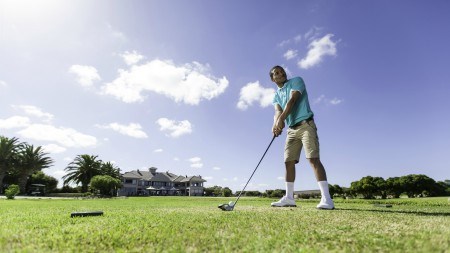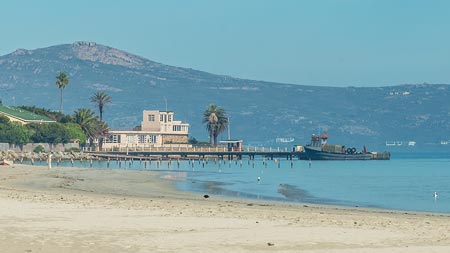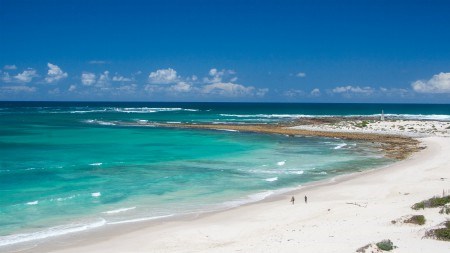For many years golf was seen as an elitist sport that was out of reach of ordinary people, but new golf estates are making the sport accessible to many more people.
Golf has enjoyed consistent popularity for many years and the South African golf world has catapulted many a promising player into the professional game. But has golf become an out-of-reach, out-of-touch sport for our new generations?
In the apartheid past, golf clubs were run by members and committees who took a colonial, stiff-upper-lip approach to managing their members - often with ridiculous rules and regulations. Compulsory collared shirts, knee-length shorts, a ban on denim, and even ‘men only’ bars were the order of the day.
Often subsidised by municipalities and in many cases by the mining sector, these clubs were reserved for the white community at an extremely affordable rate. One only needs to reflect on the legendary Papwa Sewgolum to absorb the inexcusable prejudice.
Fast- forward to the big rush into championship golf estates in the 90s and early 2000s. Golf estates aplenty cropped up all over the country, emulating American PGA standards, with signature endorsements or professional golf legend design labels intended to impress. We saw a major shift from traditional municipal golf and sports facilities to another form of private, elitist club; this time the prejudice took the form of money. Memberships reached ridiculous prices, the most ‘elite’ could cost you a whopping R 20,000.00. Of course, the club that you belonged to became a certain status symbol too.
Indications are that not only how a club is managed, but also fee structures are relaxing, as golf courses across the country are slowly warming to a new attitude. Craig Scott, developer of Langebaan Country Estate on the Cape West Coast, says that they have certainly taken a new approach to how they manage their club. Modern, successful golf clubs have quickly learnt to relax the rules and keep their committees in tow. “It’s about transforming from that old-committee style with its unwelcoming thinking to creating a convivial atmosphere that appeals to all,” he says. Scott emphasises that golf needs to be an option for youngsters and knowing what youngsters want is key to appealing to them. “Sports organizations need to rethink their strategy when planning any clubs. It’s not about spread-sheets and bottom lines, it’s about building, uplifting and embracing communities,” he explains.
Scott realised early in the development stages that he wanted the Langebaan community to benefit from what his estate offers, and implemented a policy that the estate is totally open to anyone who wants to use it. The local rugby club, the athletic club and schools in the area all make use of the facilities on offer. The estate also sponsors a golf academy for the kids in the community. “Although our state is gated in the form of access control and security, the public is permitted entrance and use of facilities such as our cycling and jogging tracks, tennis courts, gym; our mashie course is particularly popular amongst our locals. It was really important to us to integrate our community. Golf is something anyone can go and try and it’s important for us to bring it back to the community; transformation is important to us and we have to break down intimidating perceptions.”





